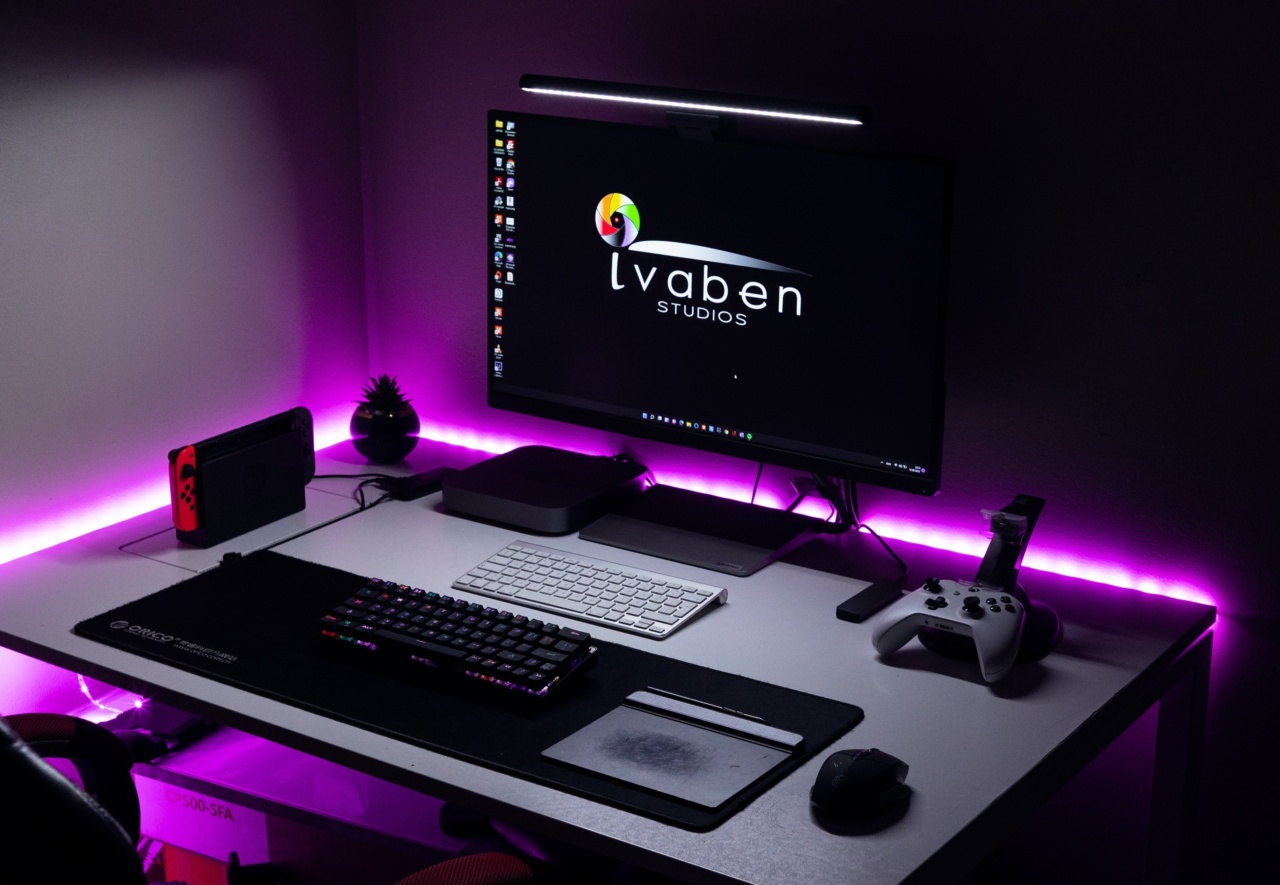Myopia, commonly known as nearsightedness, is a condition where people have trouble seeing objects far away. This condition has been affecting people for ages and is becoming more prevalent in today’s world, especially among younger generations.
Thanks to advancements in technology, myopia correction methods have evolved to be even safer, easier, and more effective. In this article, we will discuss the latest technology and techniques in myopia correction.
1. Laser-assisted in situ keratomileusis (LASIK)
LASIK is a surgical procedure used to correct refractive errors such as myopia. The technique involves the creation of a thin flap in the cornea, which is pulled back to allow the laser beam to reshape the underlying tissue.
The flap is then replaced, and the cornea begins to heal. LASIK surgery is highly accurate and has a success rate of around 95%. It is also minimally invasive, meaning patients usually recover quickly with minimal discomfort.
2. Photo Refractive Keratectomy (PRK)
PRK is another type of laser eye surgery used to correct myopia. Unlike in LASIK surgery, the cornea’s outer layer is removed entirely instead of creating a flap.
The laser beam is then used to reshape the surface of the cornea, which affects the way the light enters the eye and allowing the patient to see better. PRK is typically used for patients with thinner corneas. Recovery time is longer than with LASIK surgery, and discomfort is generally higher, but the final result is usually the same.
3. Small Incision Lenticule Extraction (SMILE)
SMILE is a laser eye surgery that takes a different approach to LASIK and PRK. Instead of using a laser to reshape the cornea’s surface or creating a flap in the cornea, SMILE uses a small incision to remove a disc-shaped piece of corneal tissue.
This process changes the cornea’s shape, correcting myopia. SMILE is a minimally invasive technique that only requires a small incision, causing minimal damage to the cornea.
The entire procedure usually takes around 30 minutes, and the recovery period is relatively quick, with most patients experiencing improved vision within a few days.
4. Orthokeratology (Ortho-K)
Ortho-K is a non-surgical method for correcting myopia. It involves wearing specially designed rigid contact lenses that reshape the cornea overnight.
When the lenses are removed in the morning, the cornea retains its new shape, which allows for clearer vision throughout the day. Ortho-K is primarily used for mild and moderate myopia and may not be effective in more severe cases. The benefits of Ortho-K lenses are that they are painless, non-invasive, and can slow down the progression of myopia.
5. Implantable Collamer Lenses (ICL)
ICL, also known as phakic IOLs (intraocular lenses), are a type of implantable lens that corrects refractive errors like myopia. The ICL is a small, thin lens that’s surgically placed between the eye’s natural lens and iris.
The lens acts like a permanent contact lens and helps improve vision. The procedure is quick and relatively painless, and patients experience significant improvements in their vision after surgery. ICL is most commonly used for moderate to severe myopia.
6. Wavefront Technology
Wavefront technology is a type of computerized method used in LASIK and PRK surgeries. It creates a map of the eye that includes all the unique imperfections, like higher-order aberrations that are not detected in standard eye tests.
This technology enables the surgeon to personalize the treatment, taking into account the unique features of each patient’s eyes. Wavefront-guided LASIK and PRK surgery have a higher chance of achieving 20/20 vision or better than traditional laser eye surgery.
7. Topography-Guided Laser Vision Correction (TGLVC)
TGLVC is a type of laser eye surgery that uses a 3-D map of the cornea’s surface to guide the laser’s ablation. The technology customizes the treatment based on each patient’s unique corneal curvature.
TGLVC significantly reduces the risk of developing glare and halos after the surgery, which are often common with other laser eye surgeries. TGLVC offers improved outcomes, including vision quality, contrast sensitivity, and visual acuity.
8. Contoura Vision
Contoura Vision is a recent development that employs topography-guided LASIK surgery. The process involves constructing a detailed map of the eye’s surface, which includes over 22000 data points.
The laser ablation is then carried out based on that precise map, resulting in a personalized treatment. Contoura Vision has higher accuracy than other traditional LASIK surgeries and significantly reduces the risk of glare or halos.
9. Femtosecond Laser Technology
Femtosecond laser technology is the latest addition to the LASIK surgery technique. This technology uses laser energy to create corneal flaps with minimal trauma, pain, bleeding, and faster recovery.
Femtosecond laser technology enables precise flap thickness to within microns, which is a significant improvement over other flap-creating methods. Fewer complications, flap edge injury, and wider treatment corridors make femtosecond LASIK surgery an excellent treatment option for myopia correction.
10. SMILE X
SMILE X is an updated version of the SMILE procedure. The technique involves using two femtosecond lasers instead of one, which significantly reduces the surgical procedure’s duration.
The two lasers divide the corneal tissue more accurately and swiftly, which reduces the surgeon’s dependence on the software to determine the incision’s depth. This new technique has a much faster healing time and less discomfort.
Conclusion
Myopia is a prevalent eye condition that affects millions of people worldwide. However, technology has made it easier to correct this condition.
Procedures like LASIK, PRK, SMILE, Ortho-K, ICL, wavefront technology, TGLVC, Contoura Vision, Femtosecond Laser Technology, and SMILE X are advanced treatments that offer a higher success rate and fewer complications. Choosing the right treatment depends on the patient’s individual condition, eye health, and preferences, and the ophthalmologist’s recommendation.
The advancement of technology brings hope to millions of people who suffer from myopia, making correction treatment fresher, safer, and more effective.































